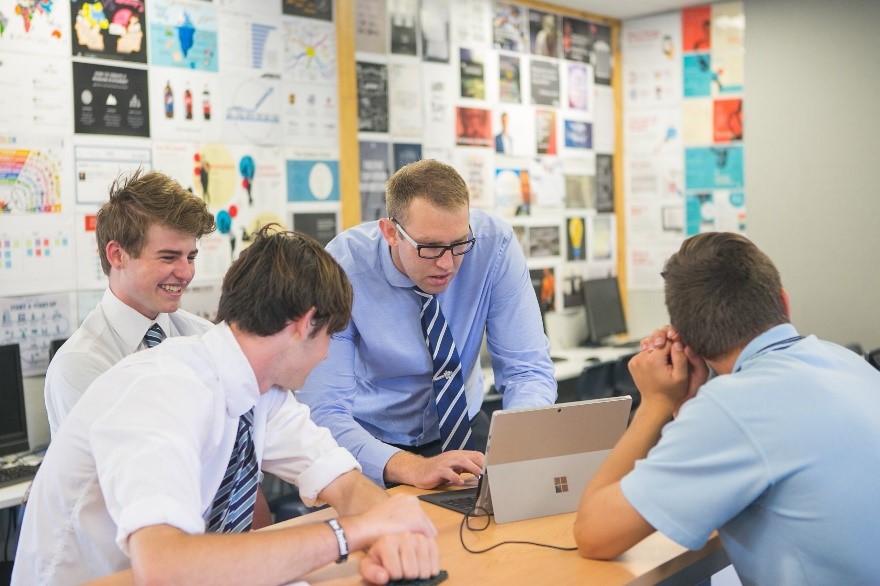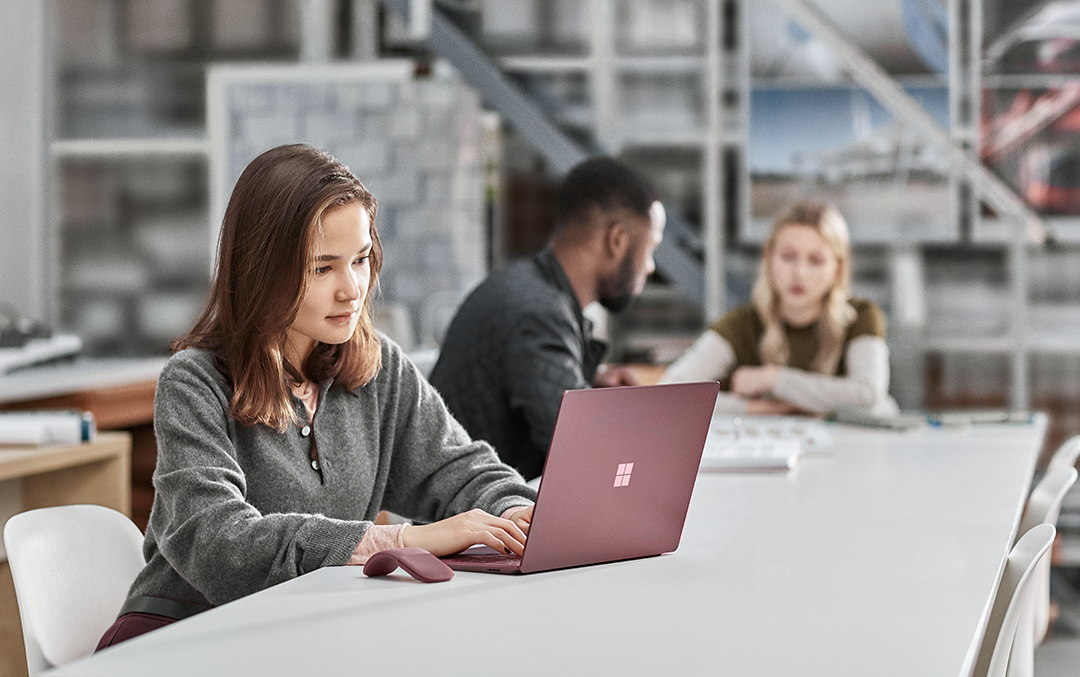While personalized learning may have only gotten its official name in 1970, its history goes back much further. The concept is based on ideas that have existed for nearly a whole century, with the Winnetka Plan and Dalton Plan introducing tailored strategies for individual learners.
Despite its long history and extensive list of benefits, personalized learning is still relatively young in terms of its actual implementation in classrooms. The main roadblock is, ironically, the degree of customization that goes into the learning process—making it difficult to scale without requiring vast amounts of resources, particularly teachers. In some countries in the Asia Pacific region where teachers are scarce, personalization is an even greater challenge.
Schools and educational institutes are already using technology to overcome this issue by reducing the administrative workload of teachers, so they can focus their time and efforts on teaching. But beyond helping with paperwork, technology can also help deliver upon the various elements of personalized learning. Let’s take a closer look at how:
1) Improve understanding by encouraging active participation and strategic thinking
Learning by doing or creating promotes active learning and strategic thinking, which in turn helps develop students’ creative thinking, self-reliance, problem-solving, decision-making and computational skills. Through encouraging active learning, educators can improve student engagement in the learning process, and their understanding and retention of complex ideas and concepts.
For instance, Minecraft enables the visualization and exploration of otherwise abstract concepts, allowing students to learn better. At the Malaysian campus of the University of Southampton, Dr. Jo-han Ng successfully used Minecraft and Virtual Reality (VR) technology to show students the relationship between atoms and molecules, aiding in their understanding of chemistry concepts.
2) Promote collaboration to help process new information and build on prior knowledge
Students working together on projects can enhance learning, as it allows them to present their own ideas, evaluate different points of views, and negotiate to reach an agreement. This also helps students to process information more thoroughly and reinforce their existing knowledge.
Technology services and apps like Microsoft Teams and OneNote can help facilitate collaboration in and out of the classroom. Jarrod Aberhart, economics professor at Nelson College, New Zealand, has a course that involves students working together in groups to run a small business. Since introducing OneNote in his classroom, he has found that his students are able to make continuous progress even out of the classroom—which helps improve groupwork, increase learning time and enhance active engagement.

3) Create relevance in learning for better transfer and retention of knowledge
Learning is more effective when done through activities that are useful and culturally relevant. This helps students bridge the gap between what they are doing in school and real life, facilitating the transfer of knowledge.
Head of Educational Technology at Stamford American School, Singapore, Craig Kemp, regularly uses Mystery Skype, a game that connects two classrooms around the world, to help his students learn more about geography and cultures. Students from both classrooms interact with each other and ask questions to guess their locations. Kemp finds that the game not only keeps his students engaged but also boosts their understanding of their own and others’ cultures.
4) Take into consideration developmental and individual differences
For students to retain ideas and concepts, they need to be able to practice them—and at their own pace. Traditional classrooms are often unable to cater for the level of personalization required in these aspects, and that is where technology can play a part.
Online learning gives students 24/7 access to learning, enabling them to learn and practice as quickly or as slowly as they need. Apps can also help learners increase practice time outside the classroom in a fun and engaging way. For example, the Learn Chinese app not only allows users to practice useful Chinese phrases in various situations, it goes a step further to utilize artificial intelligence (AI) to chat with users and provide feedback on their progress.
5) Set goals to encourage self-regulation and reflection for motivated learners
Motivated students are far more likely to participate actively in lessons, and practice diligently out of the classroom. Having a part to play in their own learning goals often helps improve student motivation—and this is best complemented with opportunities to self-regulate and reflect, so students can monitor their own goals and adjust accordingly, without feeling overwhelmed.
Learning management systems (LMS) can empower students with more control over their own learning experience. Asia Pacific University, Malaysia, adopted the LP+365 app for students to access their daily calendars, assignments and curriculum material, so they have a clear overview of their own learning journey and progress.
Personalizing learning with the right technology partner
Technology can be an effective tool to leverage so that teachers can focus more on delivering more personalized strategies for their students. Microsoft Education is constantly looking at ways to help schools and educators to empower their students to achieve more. Find out how we can help you create an effective learning environment that promotes personalized learning.
For more information, please visit Microsoft Education or the Microsoft Educator Community Portal.







